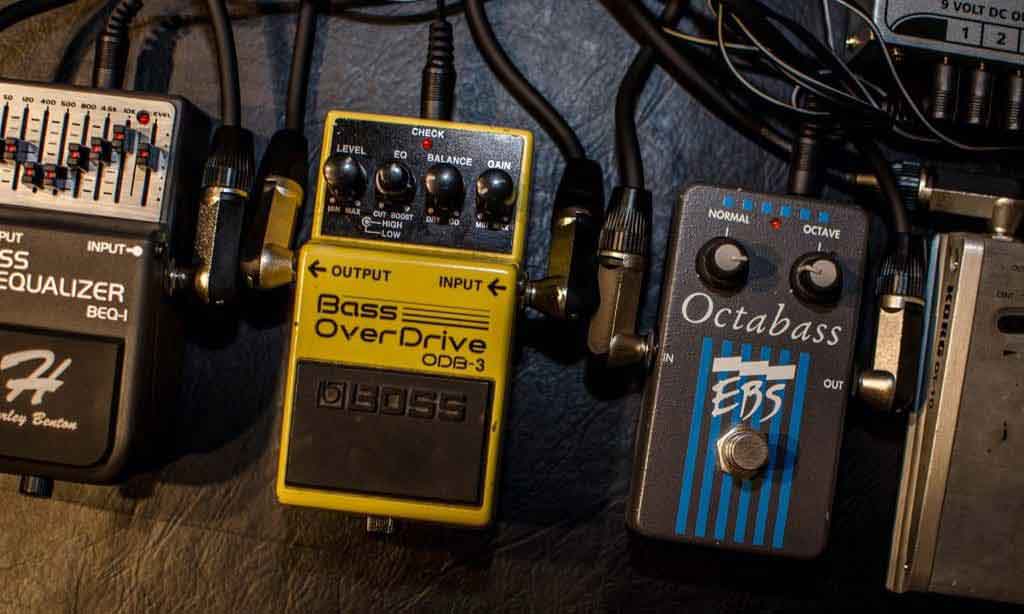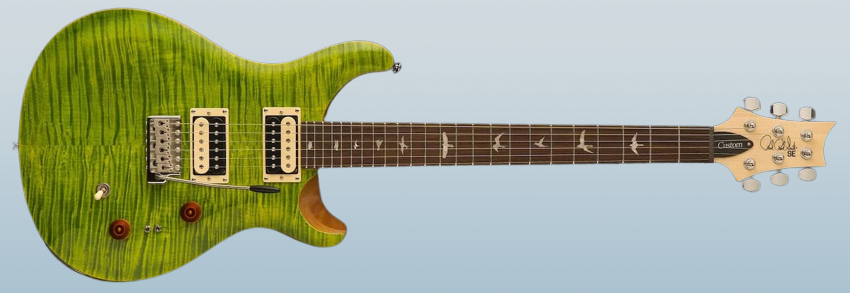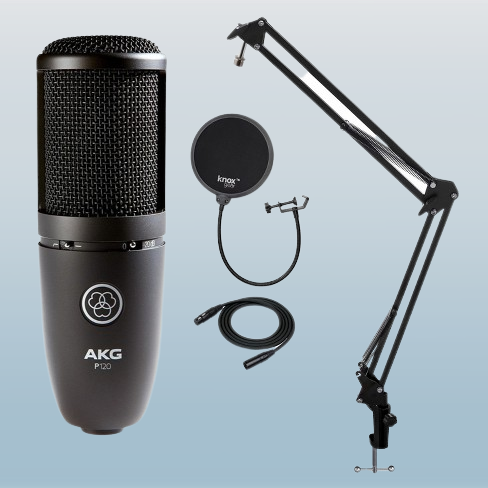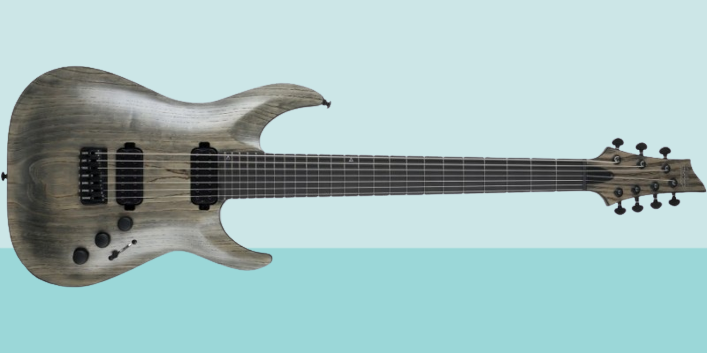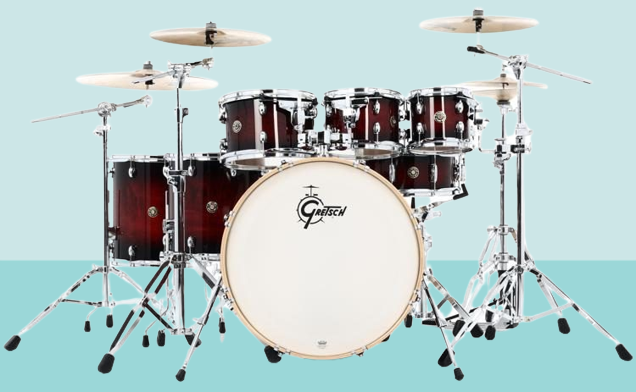Everybody loves sustain. The word says it all. When tone, notes, or chords clearly sound longer than usual, mere mortals get that hazy, fascinated look. For guitarists, improving sustain is a never-ending quest. Heavier picks and strings, the E-bow, or Sound Stone, installing bone nuts and graphite saddles, and searching for specific Gibson or Fender guitars are some of the many tactics. Likewise, adding hotter pickups to get more overdrive are other explored ways of achieving sustain.
Right off the bat, many factors affect the sustain of an instrument. In both electric and acoustic guitars some of the most important aspects of your sound starts with the body construction. Things like hollow versus solid for example. Body woods, neck woods and through the body or atop the body, and even the placement of strings will limit the sustain you can make. Gauges and pickup design dictate sustain also.
But you already have what you have. So, how do you achieve sustain if you’re not a rock star? The methods mentioned above will help. Many professionals choose the simple route, buying an overdrive pedal. Changing pickups or other parts are not the most popular because it sometimes doesn’t even give you the results you want.
So, what’s the best way to get sustain? Get a compressor. A good compressor pedal also evens out a clean sound that differs a bit too much in level.
Basics of a Compressor
Compressors increase sustain by controlling the signal your guitar makes without distorting the tone. It’s an automatic volume control, but better.
Compressors can smoothen, tighten and thicken your sound. If you’re not so consistent with your pick strikes, a compressor helps.
Compressors also deliver even dynamics. This is a must in country, funk, jazz and acoustic music. A guitar compressor is a beloved effect instrument because it doesn’t dramatically alter sound like a fuzz pedal or a guitar synthesizer. It also contributes to the tonal foundation that’s fed into your effects chain. Even if you plug straight into a guitar amplifier, adding a compressor in the middle creates a responsive and cohesive bond between your guitar and amp.
When it comes to playing staccato chords, a compressor gives the classic “squishy” guitar tone. Great bassists also has the compressor to thank. It’s because lower frequencies suffer from greater amplitude spikes.
When the signal is too loud, a compressor limits this. On the other hand, a soft or fading signal gets a boost making it last longer. Soloists love this. The softest signal gets normalized to the same amplitude of a fierce pick attack. This is why a picked part is heard in a mix. Why two-handed tapping, legato-style hammer-ons and pull-offs and harp harmonics don’t disappear between hard strumming on both electric and acoustic guitar. They’re played equally.
A compressor can also be a clean boost driving the front of your amp harder. With the level knob turned up and the sustain knob turned down, your compressor acts as a boost pedal.
Many guitarists like compressors in pedal form. They are very useful in a live performance allowing them to tun it off when they want. It also makes easy tonal customization.
What Makes a Compressor Work?
Very basic compressor pedals, like Keeley of the MXR Dyna Comp, have only 2 knobs. One is for controlling the amount of compression. Amount of compression is also called sustain, ratio or slope. The other knob is for controlling the volume. Volume is also called level or output. Great use of volume is for funk because of the squished tone the volume of a compressor produces.
Henretta Engineering Orange Whip is only 2 inch by 2 inch. You may leave this compressor on all the time or just kick it in for extra sustain and output during solos. Its two internal trim pots are for adjusting the amount of compression and level. This way, it gets used as a boost. For a bright compression imparting sweet, warm tone without dominating your pedalboard, you better get this one.
Other models like Boss CX-3 include a tone knob to control how bright your sound is. Its attack knob is for controlling how the compressor affects the initial striking of the note.
JHS Pulp ‘N’ Peel of the Xotic SP has a blend knob for mixing in some of the unaffected guitar tone for that natural feel. Based on the legendary Dan Armstrong Orange Squeeze compressor, this is an “always on” compressor to avoid the cons of high-end squash and coloring. Great choice for a transparent sustain which is perfect for acoustic or jazz tones. Superb also for country picking or helping clean chord voicings using open strings. This comp makes the sound more balanced. It also works well as an always-on pedal.
Do I Really Need a Compression Pedal?
Very few things in the music world are more polarizing than musicians and fans’ views on using compression. Many think it is an inexpensive way to ruin any guitar tone. Some people, though, has compression as an important part of their sound. They consider it their very own desert island of effects.
Take the case of the famous guitarist Steve Vai. He’s known for using a lot of compression. Many fans love his tone when he plays live. Others, however, get disappointed by his overly compressed tone.
A compressor is very useful. The better you understand how to use it, the more useful it’ll be. There are many times that a compressor is the only right musical tool for the job.
If you’ve never had one, this might just take your guitar rig a notch up. Take note that you have to use this with care. Too much can feel unnatural bringing out string noise and single-coil hum. You’ll end up with a mess. If used sparingly, it makes a lifeless guitar tone more musical. But this isn’t to discredit the fact that maxing out the compression is desirable for some genres. Don’t hesitate to experiment.
Compression pedals color your sound. Variety is the spice of life and never more so than in music. However, take note that most of the time, your guitar wouldn’t be the only sound in a musical piece. Heavy compression throughout is too much. In the recipe of any great music, the compression is the salt and pepper. Not the chicken.
The best approach is to slowly add compression as you work your way up. In due time, you’ll find the sustain, attack and compression setting you like.




